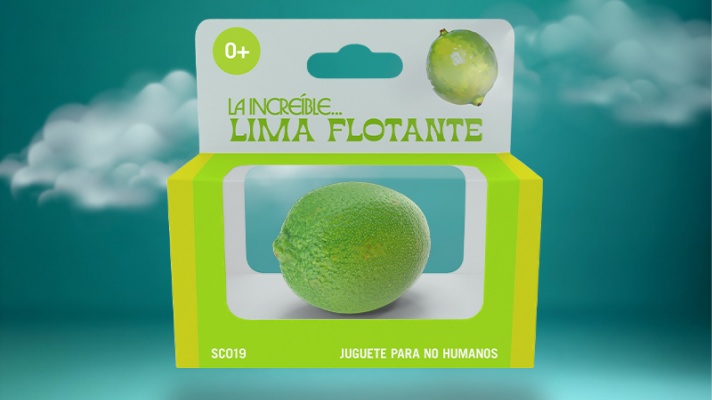Descripción de la Exposición
The exhibition showcases multiple artworks by Spanish painter Mariano Fortuny y Marsal, focusing on his etchings.
Mariano Fortuny y Marsal (1838–1874) was born in the Catalan city of Reus. During a prolific but brief career –cut short by malaria– he became the most internationally acclaimed Spanish artist thanks in part due to his extensive travel and the popularity of his prints. His oil paintings and watercolors were a source of inspiration to later artists such as Joaquín Sorolla y Bastida and Pablo Picasso, while his graphic work, most notably in etching, continued a tradition in keeping with Rembrandt van Rijn, Jusepe de Ribera, and Francisco Goya.
Trained in Barcelona at the Escuela de Bellas Artes, Fortuny was awarded a pension to study in Rome in 1857. He made at least three trips to North Africa, notably to Tangier and Tetouan, which inspired a series of etchings he undertook in his Roman studio. He also traveled to Naples and Paris, while continuing his exploration of Islamic themes during visits to Granada and Sevilla, major historic centers of Al-Andalus, as Islamic Spain was known. He was also an erudite collector of Persian, Ibero-Islamic, and Mudéjar decorative arts.
A consummate student of Spain’s Golden Age artistic heritage, he made numerous watercolor studies after Velázquez, El Greco, Ribera, and Goya, and works by these artists appear in the background of compositions such as Election of the Model (1868–1874, National Gallery of Art, Washington, DC). The etching after this work is included in the display. In his admiration of the Spanish Old Masters, and through his travels to North Africa and interest in Islamic art and culture, Fortuny’s body of work anticipated John Singer Sargent’s colorism and interest in Spain and the Islamic world. Both were international Modernists grounded in a deep appreciation for the past.

Exposición. 16 abr de 2025 - 11 may de 2025 / Centro Botín / Santander, Cantabria, España

Formación. 08 may de 2025 - 17 may de 2025 / Museo Nacional Centro de Arte Reina Sofía (MNCARS) / Madrid, España